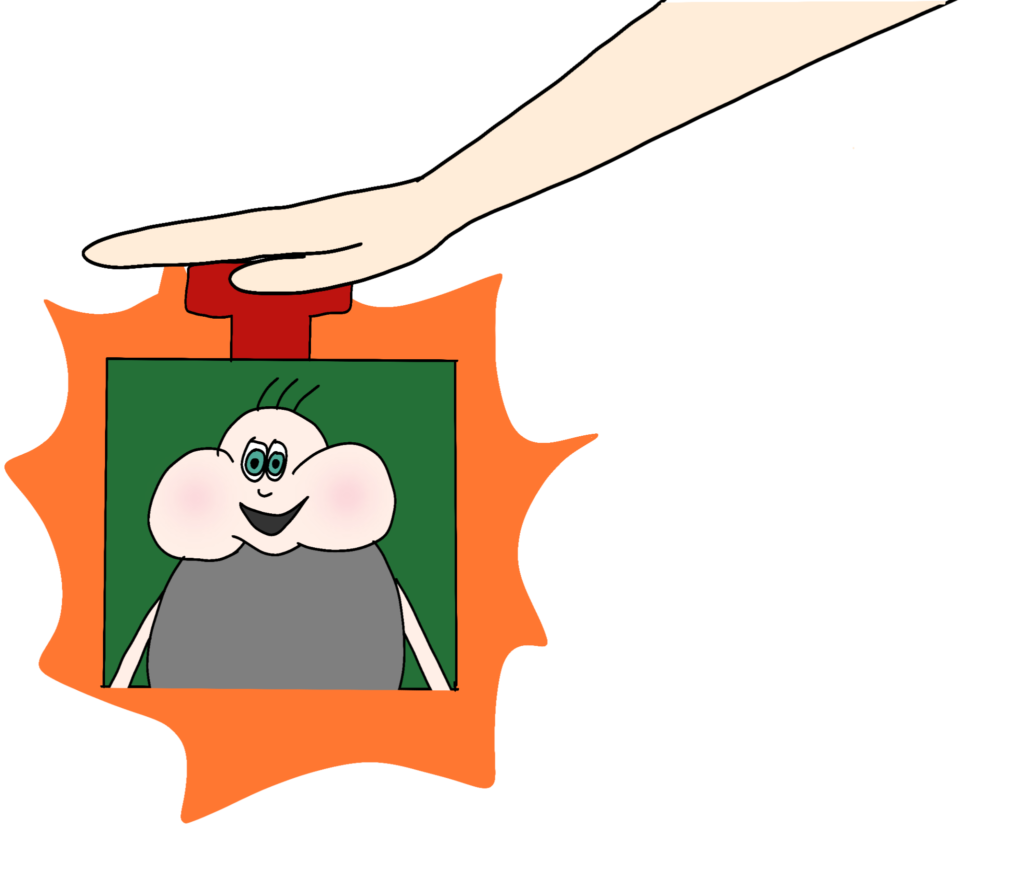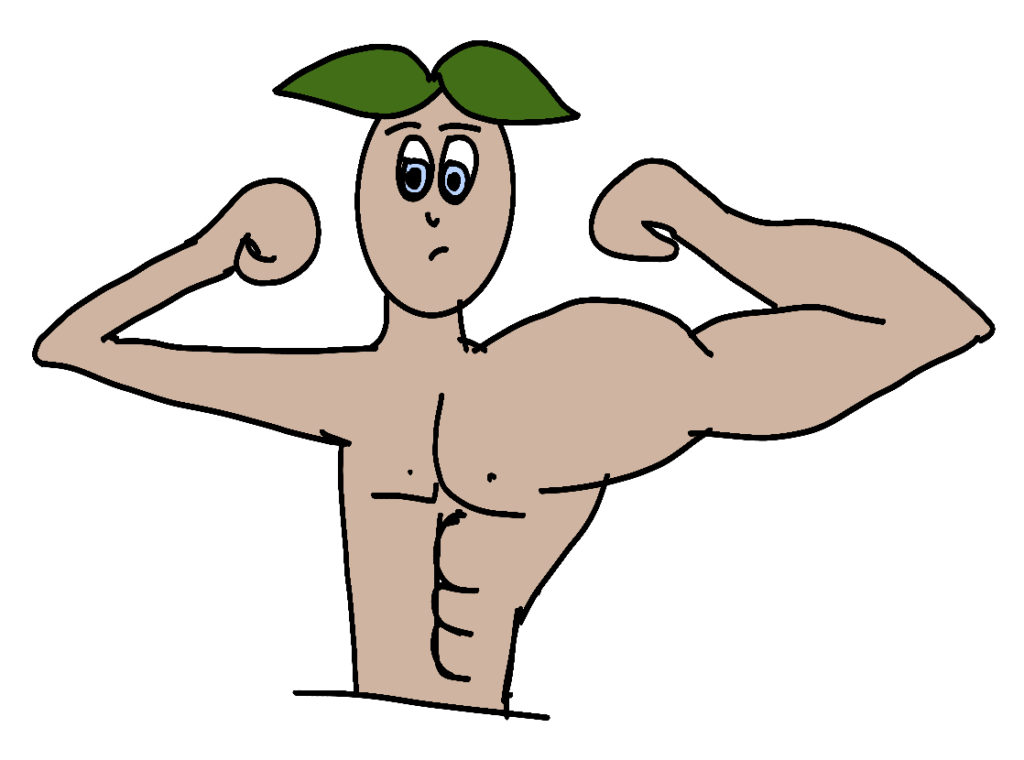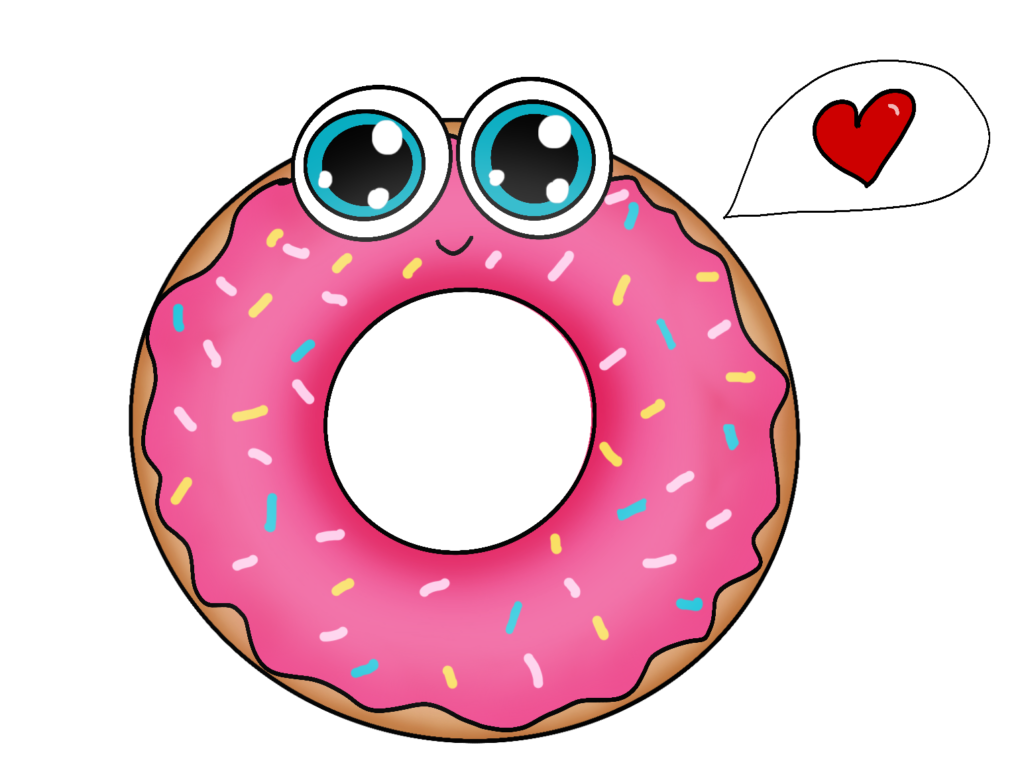AUTOMATIC THINKING PATTERN IN BINGE EATING
You're gonna say to yourself, not this time. You're just not gonna have that food. You're gonna stick it out. But then something upsets you. Someone pisses you off, or some stressful event happens. And you just can't resist. You automatically reach for something to eat. And the cycle starts all over again. You eat everything you've prepared. You can't help yourself. And then you beat yourself up. Classic example of emotional eating.
We have already discussed in the last article that I divide the emergence of emotional eating into three causes. Or rather... three points of view that intertwine. And that is:
1) Automatic behaviour pattern
Our star of the show tonight!
2) Addiction to negative emotions
By constantly stressing ourselves, our body has become addicted to negative emotions. It needs its "dose". This makes us even more likely to react to triggers.
3) Danger mode
It is important to know that the need to "stuff" may not occur immediately after a stressful stimulus. In fact, the body can go into "danger mode". Or fight or flight mode. You don't want to have a snack when you're in fight or flight mode. But as soon as you turn it off, you feel the need to eat as much food as possible. Because the body needs to replenish its stores and make more for similar cases in the future. I wrote about danger mode HERE. ZDE.
The automatic pattern of emotional eating
Most people think it looks like this:
Trigger ➔ Food
But I think it is very important to mention at least some of the processes that are going on in between:
Trigger ➔ Reaction ➔ Negative emotion ➔ Reaction ➔ Food
Of course, there are many more processes going on. It is impossible to capture all of each person's thought processes in one equation. But these phases are key to understanding why we overeat in the first place:
How can we disrupt it?
But before we explain the individual components, let's talk about the automatic behavior patterns. What is it? Why is it? How does it arise?
Patterns of behaviour
Whatever we do frequently or even regularly becomes automatic. Walking, for example. When we were little, we had to carefully consider every step. Now we take walking for granted. It's a pattern, too. It's not just one act. It is a set of movements that we perform in succession that results in movement in the desired direction.
However, patterns are not only formed from movement. ANYTHING we repeat becomes automatic. So, for example, if we often think a thought, that also becomes automatic. If we have set a mindset for a long time, then that too is automatic.
Anything we repeat, we almost literally drill into our heads. It creates neural plexuses in our brains. And with each repetition, the grooves get deeper.
The body is the ultimate survival tool. It's designed for that. To protect our lives at all costs. So it switches functions on and off as needed. But it always tries to conserve energy as much as possible. It doesn't like to waste it. This is also evident in strength training, for example. Do you know the principle behind muscle growth?
Very simply put: When you train, you deplete your muscle reserves. Then, when you rest, your body tries to replenish the reserves and throw in some extra (➔ you'll grow a little muscle) to be ready for the next time. But if there is no further similar load within a week or so, the body will get rid of the extra mass again. It doesn't want to feed on something it doesn't need.
This is a beautiful example of how it works both ways. When the body is expecting a threat, it tries to be prepared. Conversely, when it feels like it can save more energy somewhere, it will do so.
But where am I going with this? How does it relate?
It is much easier for the body to follow established patterns of behaviour than to blaze new trails. It saves energy. A lot. That's why it's so hard for us to form new habits and maintain a new line of thinking. We tend to fall into what's already established. Because it's easier. And therefore instinctively better for survival. And so a lot of us become more like... half-sleeping automatons. Every day is the same. We act the same, we think the same, and the world around us reacts the same.
Now that we know a bit about behavioral patterns, let's finally describe the different parts of the emotional eating pattern:
Binge eating
Launcher
The trigger can be anything that triggers a negative response in us. Unpleasant emotions, stress, feelings of lack... It could even be some kind of overdone trigger. When the thing in question bothers someone else rather than you. But you've been taught that it's bad. And so it automatically triggers negative emotions in you as well.
Reaction
Then comes the thought reaction to the trigger. All things/people/places/events...in short, always just are. They are not inherently good or bad. Whether we perceive them as good/ bad depends on our preferences. On what "label" we give to the stimulus. But we often don't realize that it's just our preference. In our view, the thing is simply so-and-so. And that's the end of it. Thus, the trigger (i.e., the "bad" thing) triggers an appropriate negative response in us.
Negative emotions
The consequence of a thought reaction is a negative emotion.
Reaction 2
The reaction starts again. This time to a negative emotion. We are usually set up to identify with the emotion. We immerse ourselves in it, bathe in it. Or we try to eliminate or suppress it. All of these things amplify the emotion. But of course, the body is always trying to help us. And negative emotion is a kind of threat to us.
Food
So the body comes up with an "ingenious" solution. Food is generally speaking a very pleasant affair. First of all, we often have pleasant memories associated with it, secondly, it tastes great, but above all, it triggers a response in the body that makes us feel temporarily happier. So the body will offer food as a safety ring.
It might have worked once. Something negative happened, you had a chocolate bar, and you got better. Then it worked a second time, a third time... Until it finally became a pattern. It doesn't quite work that way now. Because we don't feel better after we eat. On the contrary, we feel remorse and other negative emotions. It's a vicious cycle. But it's a well- trodden path. It's an automatic thing. And the body still sticks to it.
What about it?
First of all, we need to realize that this is happening.And be aware of each stage of the pattern. Because until now, it seems to have happened, surprisingly, automatically. We identify with the whole pattern. We don't feel that it's just a process and that it doesn't actually have to do with us in the end.
It is important to note that neither of the responses I have described is necessary.We must learn to accept things as they are. Even things we don't prefer are okay. They can exist.
It is important to note that negative emotion is also okay.We can simply coexist with it for a while. It doesn't have to mean anything bad. We don't have to see it as part of ourselves. We can see it as an imaginary movie. Maybe even observe it. But it doesn't affect our existence. We don't have to fight it.
If you can learn to even perceive the formula, that's great! And if you can learn to remove one of the reactions, you win.
Unfortunately, there is no instant solution. You have to work on yourself, develop yourself. Once you learn to perceive everything from the perspective that it only exists, and to see emotions only as a kind of visitors, it will help you with a lot more things than just emotional eating. And that's also why this website is focused on mindset in general. Not just on the issue of emotional eating. Because the key to it IS mindset in general.
Changing mindsets is a long haul. If only because of our ingrained thought patterns. But I will try to guide you as best I can.





